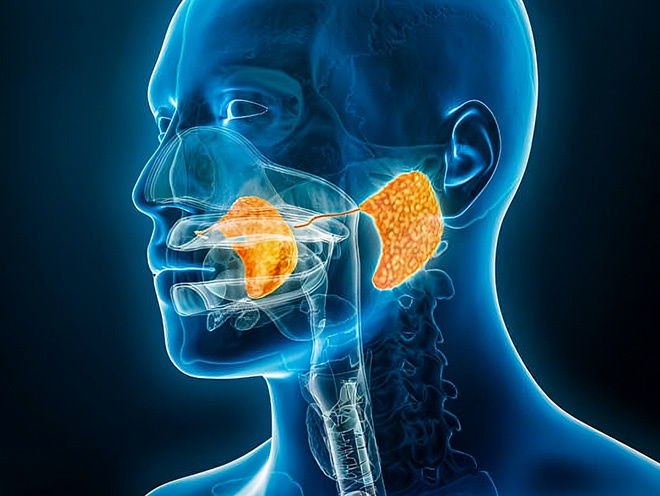

Так можно ли вылечить рак полости рта? Минимально инвазивные методы с небольшим количеством побочных эффектов и небольшой травмой могут помочь пациентам с раком полости рта избежать хирургической резекции, избежать боли традиционной радиотерапии и химиотерапии и эффективно продлить выживаемость.
Каковы причины рака полости рта?
1. Длительная зависимость от курения и употребления алкоголя: большинство пациентов с раком полости рта имеют долгую историю курения и употребления алкоголя, в то время как пациенты с раком полости рта, которые не курят и не пьют, встречаются редко.
2. Плохая гигиена полости рта: плохие привычки гигиены полости рта создают условия для роста и размножения бактерий или плесени во рту, что способствует образованию нитрозаминов.
3. Длительная стимуляция инородными телами: корни зубов или острые кончики зубов, неподходящие зубные протезы, длительная стимуляция слизистой оболочки полости рта, что приводит к хроническим язвам и даже раку.
4. Недоедание: дефицит витаминов А1 и В2 и микроэлементов цинка и мышьяка повышает чувствительность организма к канцерогенам, тем самым вызывая рак полости рта.
5. Лейкоплакия и эритема слизистой оболочки: лейкоплакия и гиперпластическая эритема слизистой оболочки полости рта часто являются проявлениями предраковых поражений.
6. Ультрафиолетовые лучи: люди, которые работают на открытом воздухе и долгое время подвергаются воздействию прямых солнечных лучей, имеют более высокий уровень заболеваемости раком полости рта.
7. Ионизирующее излучение: ионизирующее излучение может вызывать изменения в генетическом материале ДНК, активировать опухолевые гены и приводить к раку.
8. Другие: заболевания, которые приводят к снижению иммунитета, такие как хронический гепатит, цирроз и вирусная инфекция, также связаны с возникновением рака полости рта.



